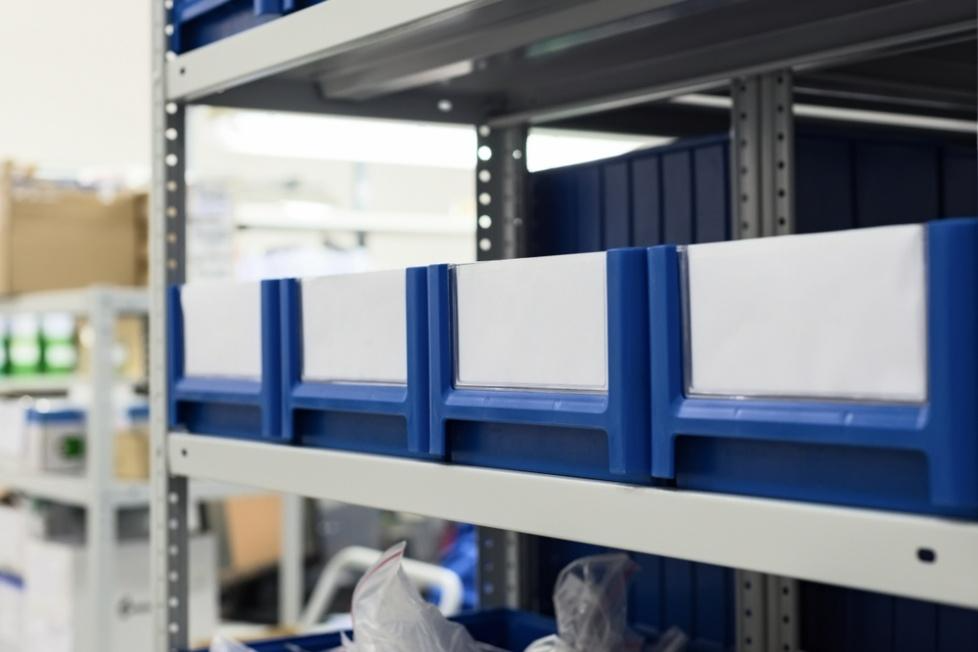Every appliance repair business knows the frustration: you’re standing in front of a broken refrigerator, ready to complete the repair, only to discover the part you need is sitting back at the shop, while the wrong component weighs down your truck. Meanwhile, the warehouse shelves are overflowing with slow-moving inventory that’s tying up thousands of dollars in working capital.
Poor inventory management isn’t just an operational headache – it’s a profit killer that affects every aspect of your business. The good news? Modern business management software has transformed inventory control from a guessing game into a precise science, and the strategies that work don’t require a degree in logistics to implement.
The Hidden Costs of Poor Inventory Control

Before diving into solutions, it’s worth understanding exactly what inadequate inventory management costs your business. The most obvious expense is dead stock – parts that sit on shelves for months or years before becoming obsolete, your invested capital unrecoverable.
Less obvious but equally damaging are the opportunity costs of stockouts. When technicians can’t complete a job due to missing parts, you’re not just losing that day’s revenue. You also have the potential to lose customers who may turn to competitors and you’re paying technicians for unproductive time while they wait for parts or make return trips.
The ripple effects extend beyond immediate costs. Excess inventory requires more warehouse space, increases insurance premiums, and creates unnecessary administrative overhead for tracking and managing stock. Poor organization leads to duplicate orders when parts can’t be located, and emergency rush orders from suppliers typically carry a hefty surcharge that erodes margins.
Understanding Inventory Categories
Effective inventory management starts with categorizing your parts inventory intelligently. Not all parts deserve the same level of attention or investment. High-velocity items like water filters, drum rollers, and heating elements should never be out of stock as they represent frequent revenue opportunities across multiple brands and models.
Medium-velocity parts require more strategic thinking. These might include brand-specific components for popular appliance lines in your market. The key is identifying which mid-tier parts justify carrying stock versus ordering on-demand based on typical lead times and customer expectations.
Low-velocity or specialty parts present the biggest challenge. Keeping every possible part in stock is financially impossible, but having zero inventory of slow movers can lead to extended customer waiting times. The solution lies in data-driven decision-making about which specialty parts to stock based on your specific market and service history.
Leveraging Technology for Smarter Decisions
Modern business management software has revolutionized how appliance repair businesses approach inventory control. The most powerful feature isn’t fancy analytics—it’s the simple automation of reorder points and quantities based on actual usage patterns rather than gut feelings. Tools like Rossware’s ServiceDesk make this practical by automatically tracking part consumption from completed jobs and triggering reorders before shortages happen.
Integration capabilities offer another significant advantage. When your inventory system connects directly with supplier catalogs and ordering systems, reordering becomes a few clicks rather than a time-consuming administrative task. ServiceDesk goes even further by offering direct ordering with Marcone, Encompass, and V&V, and through its integration with MyPartsHelp, making it one of the most connected solutions available for appliance parts procurement.
Real-time inventory visibility across multiple locations transforms how technicians work. Instead of loading trucks with “just in case” inventory, technicians can check stock levels in real time and pick up exactly what they need for scheduled jobs. ServiceDesk’s parts pick management feature simplifies staging parts for upcoming calls, ensuring that technicians leave the warehouse fully prepared without overloading their vehicles. This reduces the weight and fuel costs of service trucks while guaranteeing parts availability when needed.
Practical Strategies for Improvement

The transition to better inventory management doesn’t require overhauling your entire operation overnight. Start by conducting a thorough audit of current stock, identifying dead inventory that should be liquidated or returned to suppliers where possible. This immediately frees up working capital and warehouse space for more productive use.
Establish clear minimum and maximum stock levels for each item category, however, resist the urge to set these levels at arbitrary rules. Instead, use historical data from your business management software to identify actual usage patterns. A part that sells once per year doesn’t need the same stock levels as one that moves weekly. ServiceDesk has several reporting options that cover acquisitions, usage and non-usage analysis as well as a full data export that allows for a wider range of data analysis options.
Physical organization deserves equal attention to digital systems; implement clear labeling and logical storage systems that allow any team member to locate parts. Consider bin location systems that integrate with your software, enabling efficient picking and accurate inventory counts. Poor physical organization undermines even the best digital inventory system.
Measuring Success and Continuous Improvement
Effective inventory management requires ongoing measurement and adjustment. Key metrics include inventory turnover ratios, stockout frequency, and carrying costs as a percentage of revenue. Business management software can provide these analytics, but understanding what the numbers mean for your specific operation is crucial.
Inventory turnover should be evaluated by category rather than as a single business metric. High-velocity parts should turn over monthly or even weekly, while specialty parts might reasonably turn over annually. The goal isn't maximum turnover at any cost, but optimized turnover that balances availability with carrying costs.
Regular review cycles ensure your inventory strategy evolves with your business. Quarterly reviews of dead stock, reorder points, and supplier performance help identify trends before they become expensive problems. Annual strategic reviews should examine whether your inventory mix aligns with changing customer needs and market conditions.
Building Long-Term Profitability

Inventory management isn’t just about reducing costs – it’s about enabling growth. When your parts availability becomes reliable and predictable, you can confidently expand your service offerings. Technicians become more productive when they spend time fixing appliances rather than hunting for parts.
The investment in better inventory systems and processes typically pays for itself through reduced carrying costs and improved operational efficiency. More importantly, it creates a foundation for sustainable growth that doesn’t depend on working longer hours or accepting lower margins.
By treating inventory management as a strategic capability rather than a necessary evil, appliance repair businesses can transform one of their biggest operational challenges into a competitive advantage that drives profitability and customer satisfaction for years to come.




